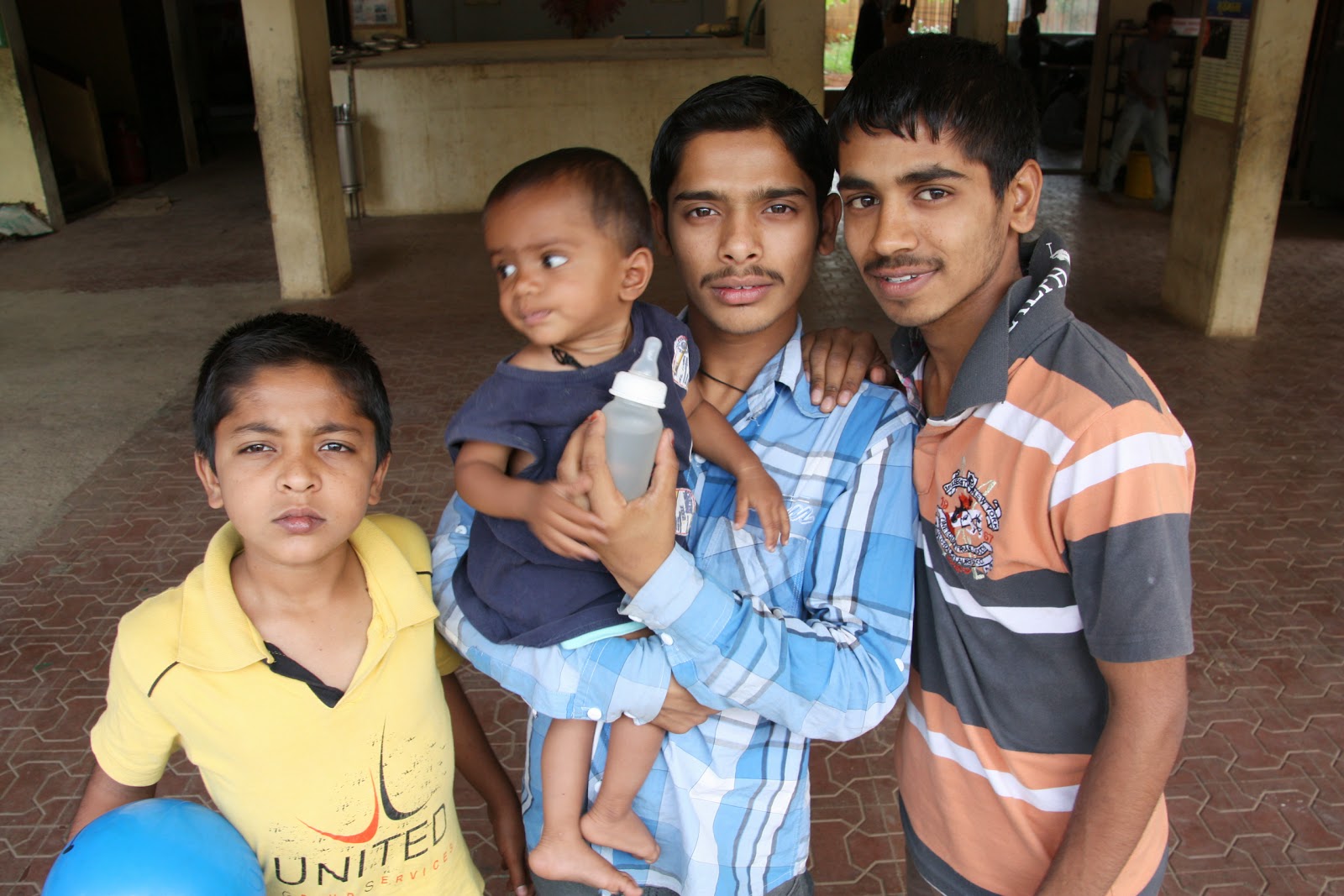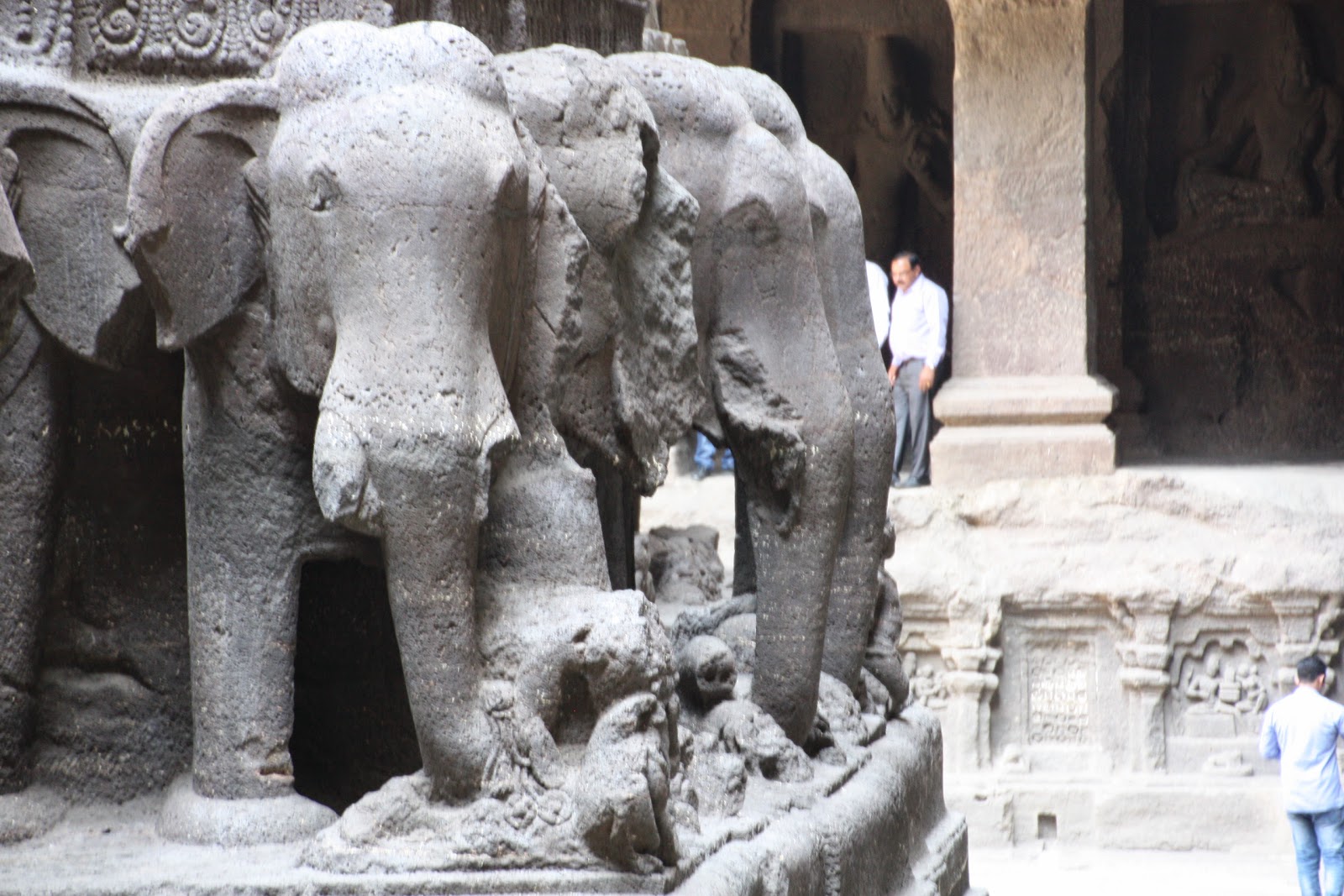Saturday, May 31: Everyone has something different to say about Varanasi. They either love it or hate it. My current travel companion is a 35 year-old Hungarian financier turned truck driver named Endre, and he's ready to move on after day one. My first impression of Varanasi is that it is the rawest, most alive city I have ever visited. India throws everything it has right at you in this city - the quintessential sensory assault you expect out of this place. During a short walk along the ghats you are certain to catch a range of sounds, smells and colors you won't find anywhere else, and I can already tell that this will be one of my favorite stops of the trip.
The ghats are sections of stairs and walkways that line the banks of the Ganges, and Hindu people believe that their transgressions can be washed away with the water from this holy river. People do absolutely everything the human body requires on these ghats. Used primarily for washing and bathing purposes, you will find people regularly meditating, sleeping, playing, working, or simply passing the time. In fact as I write this from the riverside terrace of my guest house, I see numerous people bashing dirty clothes on wet rocks, one guy just finished soaping himself up, and a few kids are practicing their flips in the shallows. The ghats are almost empty at the moment due to the intense summer sun, but the mornings and evenings welcome endless activity from locals and visitors alike.
The most ironic contributor to this vibrant, full-of-life atmosphere is the burning ghats. This is where many devout Hindus go to be cremated, and it's located right in the middle of the commotion. Hindu people believe that being cremated here releases them from the cycle of reincarnations, allowing them to attain immortality. Rituals are performed and the deceased are burned on funeral pyres all day every day - it is considered a normal, matter-of-fact occurrence. It may be this close proximity to death that makes the contrast so apparent, serving as a constant reminder to enjoy life, affirm your faith, be with family and friends. Every night at sundown there is an extravagant prayer ceremony on the riverbank, where men in traditional dress recite chants, wave incense and light fires in front of huge crowds. While this genuine spiritual expression is omnipresent in Varanasi, there is just as much of the fake stuff. Old men with long grey beards and Hindu prayer beads around their neck claim to be Gurus, but are really just bums who've fried their brains and forgotten to bathe for the last few decades. Just another contradiction that makes this place so unique.
The hawkers and salesmen here are the most in your face of anywhere I've seen in India. It's not hard to lose your temper when seven small Indian men are chirping into your ear about a massage or a boat ride. In these moments, it is important not to take yourself too seriously. This happens to all foreigners here. Just suck it up and go for it, or repeat the words "no thank you" and keep walking.
Just as chaotic but in a more closed-in setting, Varanasi's old city is a labyrinthine mess of narrow streets and ancient alleyways. It is right behind the main ghats and a great place (or horrible place, depending on your outlook) to wander around and get lost. Civilization has carried on in these streets for time immemorial, and the dusty shops and markets are great for exploring. In one residential alleyway I discovered, some kids even let me hit a few balls in their cricket game. The great thing about the old city is that if you ever get in over your head, someone can always point you in the direction of the ghats.
Though Varanasi may appear dirty, smelly, hot and overcrowded, there's no denying the spiritual energy in this place. As one of the oldest continuously populated cities in the world, its deep-rooted character is revealed in worn down stones of temple walls and monkeys swinging from ledge to tangled power line in old city walkways. More and more often during this trip, I catch myself saying "well, I've never seen that before." Varanasi was no different, and a place that I will not soon forget.
Pictured below are various scenes from the ghats and the old city:
Pictured below are various scenes from the ghats and the old city:

































































